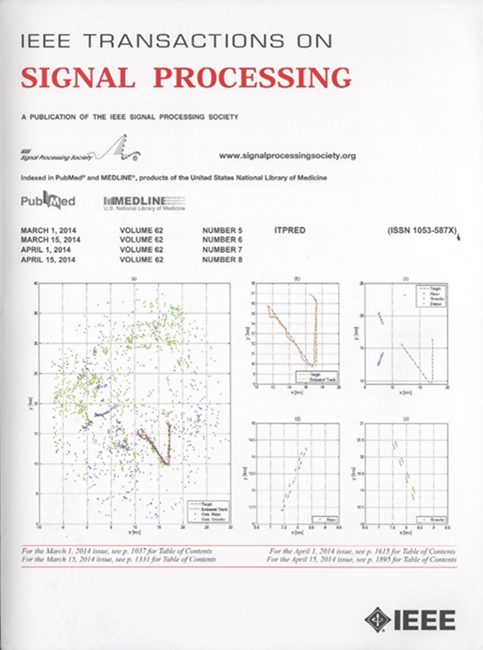Graph Neural Networks Over the Air for Decentralized Tasks in Wireless Networks
IF 4.6
2区 工程技术
Q1 ENGINEERING, ELECTRICAL & ELECTRONIC
引用次数: 0
Abstract
Graph neural networks (GNNs) model representations from networked data and allow for decentralized execution through localized communications. Existing GNNs often assume ideal communications and ignore potential channel effects, such as fading and noise, leading to performance degradation in real-world implementation. Considering a GNN implemented over nodes connected through wireless links, this paper conducts a stability analysis to study the impact of channel impairments on the performance of GNNs, and proposes graph neural networks over the air (AirGNNs), a novel GNN architecture that incorporates the communication model and permits decentralized execution with over-the-air computation. AirGNNs modify graph convolutional operations that shift graph signals over random communication graphs to account for channel fading and noise when aggregating features from neighbors, thus, improving architecture robustness to channel impairments. We develop a channel-inversion signal transmission strategy for AirGNNs when channel state information (CSI) is available, and propose a stochastic gradient descent based method to train AirGNNs when CSI is unknown. The convergence analysis shows that the training procedure approaches a stationary solution of an associated stochastic optimization problem and the variance analysis characterizes the statistical behavior of the trained model. Experiments on decentralized source localization, multi-robot flocking and wireless channel management corroborate theoretical findings and show superior performance of AirGNNs over wireless communication channels.求助全文
约1分钟内获得全文
求助全文
来源期刊

IEEE Transactions on Signal Processing
工程技术-工程:电子与电气
CiteScore
11.20
自引率
9.30%
发文量
310
审稿时长
3.0 months
期刊介绍:
The IEEE Transactions on Signal Processing covers novel theory, algorithms, performance analyses and applications of techniques for the processing, understanding, learning, retrieval, mining, and extraction of information from signals. The term “signal” includes, among others, audio, video, speech, image, communication, geophysical, sonar, radar, medical and musical signals. Examples of topics of interest include, but are not limited to, information processing and the theory and application of filtering, coding, transmitting, estimating, detecting, analyzing, recognizing, synthesizing, recording, and reproducing signals.
 求助内容:
求助内容: 应助结果提醒方式:
应助结果提醒方式:


